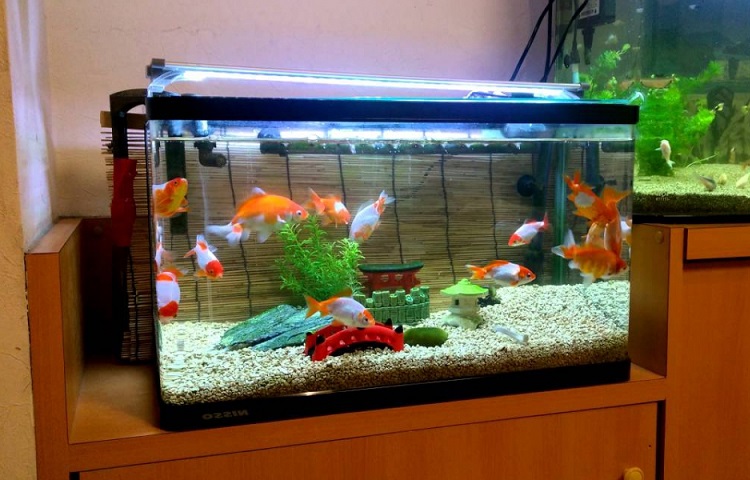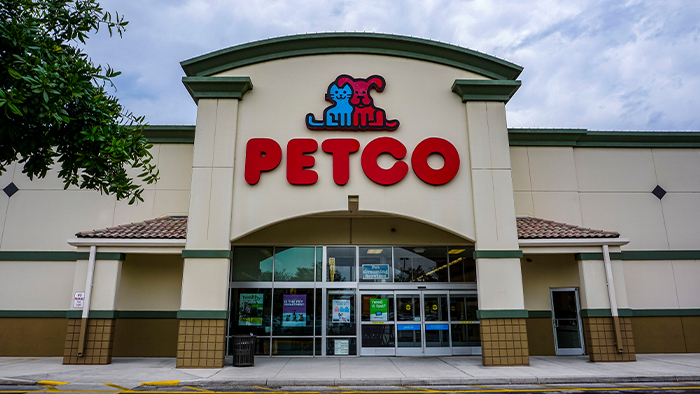When you think of heaven, you may envision a mountain of gold laden clouds, covered with white pillared buildings. Happily, cherubs dance, intermingling in perfect harmony. Conversely, hell is depicted as a red, burning hole of damnation and despair. Demons dance in the flames, gifting torment and agony to the poor, damned souls. Whatever your beliefs, you’d have to agree with me that the average Petco/PetSmart is the equivalent of hell for any fish unfortunate enough to be trapped in the tanks.
Tanks like this are the problem; look at the reviews for countless cases of fish abuse
Weak and diseased, kept in the same water as all other fish, their survival is far from guaranteed. These fish are grown to die, sold to inexperienced keepers after being raised by inconsiderate employees. Almost every time I’ve visited a Petco/PetSmart, I find fish dead in piles at the bottom of tanks, bacterial blooms spreading to every tank, low water levels or a combination of all three. The only reason stores like Petco are able to keep selling fish is their cheap prices, which are required when the fish they sell keep dying. So where do all these poor fish come from?
A longer video, but a good depiction of fish husbandry
Largely grown in temperate regions near the equator, these tropical fish don’t have great living conditions from birth. Kept in fetid tanks filled with algae and medication, they grow up in some of the most extreme environments of any fish. It’s no wonder the most commonly sold fish are also the hardiest (goldfish, betta fish), able to live in the worst conditions for the longest time. These fish catch tropical diseases and parasites, which go on to cause health problems and premature death.

This tank isn’t large enough for a single goldfish to live happily
For other species of fish, early tank life isn’t an option. Species like Clown Loaches don’t grow to large enough sizes for some keepers early in their lives, so must be caught in the wild, packaged and shipped overseas. Other notorious tank busters like the Red Tail Catfish don’t breed in captivity, so must be caught when small in the wild and sold to local fish stores. While these fish can thrive under the hand of an experienced aquarist, the majority of these large fish are sold to people with little experience nor an idea on what they’re getting into. While some of these large chain stores have begun to ask people what tank they’re buying the fish for, their level of experience and if they know what they’re getting into, the majority don’t. This is due to a number of factors, but the big one is that the employees don’t care.

If you buy a fish here, there may be problems down the line
So how does this cycle of suffering end? Unfortunately, the only real way to stop this suffering is to educate the new wave of fish a-fish-ionados on the proper ways of fish care, so that they don’t prolong the suffering of fish. Other methods like greater regulations on imported fish or animal rights mandates will take a while to reach the fish of these stores, if they even come into being.
